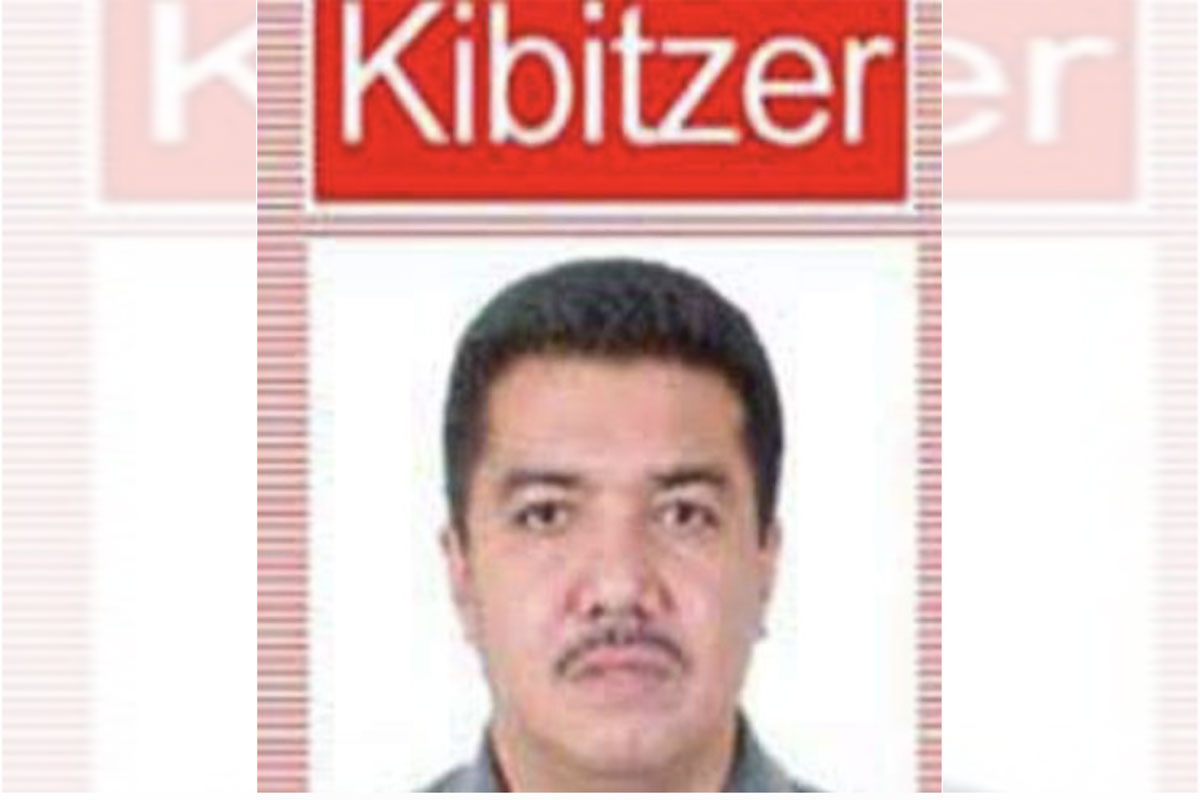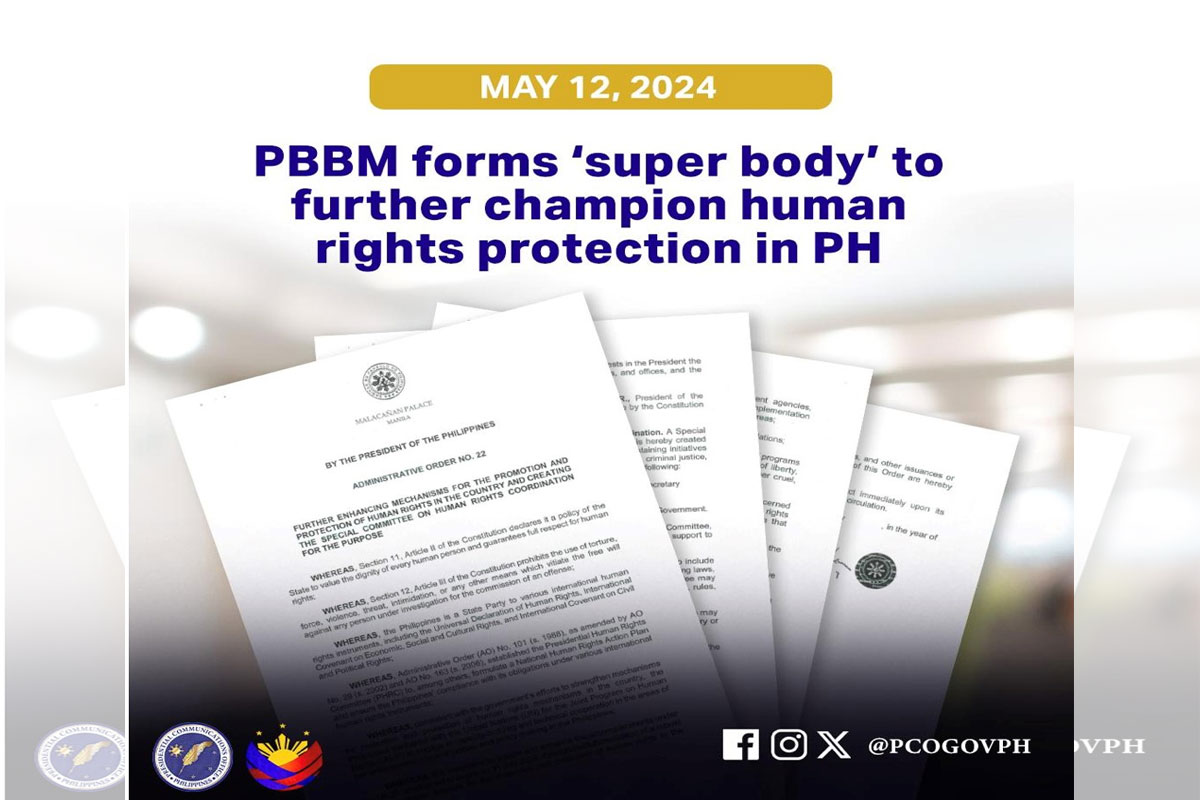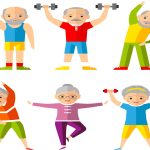
Detecting stress in the office from how people type and click
A NEW study developed a model that detects workplace stress just by how people type and move their computer mouse. This might enable employees to prevent chronic stress early on.
Researchers at ETH Zurich developed a model that can tell how stressed we are just from the way we type and use our mouse.
“How we type on our keyboard and move our mouse seems to be a better predictor of how stressed we feel in an office environment than our heart rate,” said study author Mara Nägelin, a mathematician who conducts research at the Chair of Technology Marketing and the Mobiliar Lab for Analytics at ETH Zurich.
Applied correctly, these findings could be used in future to prevent increased stress in the workplace early on.
The ETH researchers proved in an experiment that stressed people type and move their mouse differently from relaxed people. “People who are stressed move the mouse pointer more often and less precisely and cover longer distances on the screen. Relaxed people, on the other hand, take shorter, more direct routes to reach their destination and take more time doing so,” Nägelin said.
What’s more, people who feel stressed in the office make more mistakes when typing. They write in fits and starts with many brief pauses. Relaxed people take fewer but longer pauses when typing on a keyboard.
The connection between stress and our typing and mouse behavior can be explained with what is known as neuromotor noise theory: “Increased levels of stress negatively impact our brain’s ability to process information. This also affects our motor skills,” according to psychologist and study coauthor Jasmine Kerr.
To develop their stress model, the ETH researchers observed 90 study participants in the lab performing office tasks that were as close to reality as possible, such as planning appointments or recording and analyzing data. They recorded the participants’ mouse and keyboard behavior as well as their heart rates. In addition, the researchers asked the participants several times during the experiment how stressed they felt.
While some participants were allowed to work undisturbed, others also had to take part in a job interview. Half of this group were also repeatedly interrupted with chat messages. In contrast to earlier studies by other scientists, where the control group often did not have to solve any tasks at all and could relax, in the ETH researchers’ experiment, all participants had to perform the office tasks.
“We were surprised that typing and mouse behavior was a better predictor of how stressed subjects felt better than heart rate,” Nägelin says.
She explains that this is because the heart rates of the participants in the two groups did not differ as much as in other studies. One possible reason is that the control group was also given activities to perform, which is more in line with workplace reality. (ETH Zurich)




























